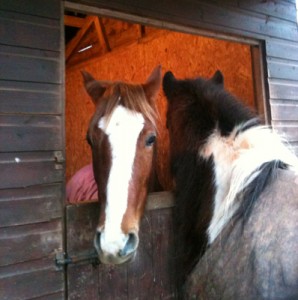Buying a Horse? Here are some things you should consider beforehand
BUYING A HORSE : CONSIDERATIONS BEFOREHAND

Owning a horse is fun. You spend time with them and really bond with the animal you ride. You get to ride, to go showing, or crosscountry, hacking or western, dressage or driving but there is more. It is not all such fun, there is also a work element involved, as well as money that will be spent on daily matters,.
Before considering buying a horse, you have probably had some lessons at your local riding centre, and
found it very enjoyable and thought, ‘well, why dont I get a horse?’
STOP!!!!!!!!!!!! Dont go and buy a horse and expect everything to be fine, you need a lot more consideration beforehand.
Have you got time, patience, money, land etc…?
Money
This is necessary for survival in this world. Money is needed to buy food and clothes, to pay morgages and rent. But if you have more money than you necessarily need, it can be spend on a horse. By more money I am not talking about a pound or two. No. I am not talking about a couple of hundred. No. I am talking about thousands. Most safe, decently behaved horses cost over one thousand. Occaisionally you do see some horses below this price who are said to be schoolmasters, but these are usually very old, or have an underlying problem. Even if you do pick up a good horse for under a thousand, you will end up paying a lot more in the way of insurance (essential, because if you are out riding and your horse gets scared and kicks a car, then insurance will cover the damage), food (essential for life) livery (certainly, you need somewhere to keep your horse, a field for excersise, and a stable for grooming, dentist vet or farrier visits etc…), tack, rugs, grooming kit, bedding etc. In fact, the average an owner spends on their horse per year is £3,600, so to be sure you want a horse takes consideration and care.
Time
Regardless of how much money or land you have got, time is just as important. Time is needed to muck out, groom, feed , ride, clean tack, etc…
With work also having to fit in on the time budget, and possibly caring for kids, or other animals too, time can be tight.
Patience
Time and money may be in plentiful supply, but that still doesnt mean you can just go and buy a horse. You need patience to bond with the horse, to get used to how to ride him, he may also be timid or young and need your confidence and patience to help him gain confidence.
Land or Livery
You need a stable to keep your horse in, or a field, preferably both. A field alone would ensure he gets lots of exercise and fresh grass, but is not so suitable in winter, or when the farrier or vet has to come. Tacking up and grooming also become a problem, and so, grass livery is the cheapest you get.
DIY livery is suitable for those who need a field and a stable but have plenty of time, it is the second least expensive option.
Part livery involves feeding and turning out, leaving you to ride and muck out. At most livery yards this option is expensive, but still not the most expensive.
Full livery means you pay a lot of money, and the people on the yard do all the work for you. If your budget allows, this option is suitable for when you go on holiday.
Working livery is usually quite cheap. The people on the yard do all or most of the work, but people who come for riding lessons ride your horse. The disadvantage of this is that you have no control whatsoever over who rides your horse, and you can only come on a limited number of days to ride, and the days that you can come are usually determined not by you but by the yard owner.
The moral of the story is; If you have the time, money, patience, land and riding experience and really, really want a horse, but can cope with the work involved, then you are ready!
Once you have considered all there is to consider, and you tick all the right boxes, you are prepared to go! Refer to my article on buying a horse for more information on the next steps.





Recent Comments